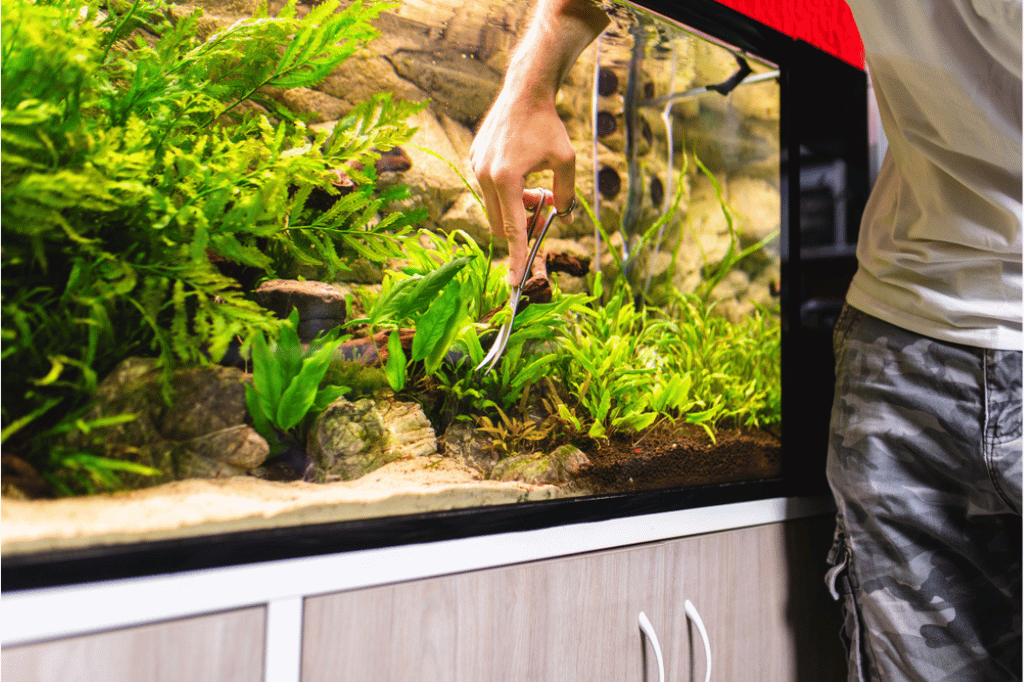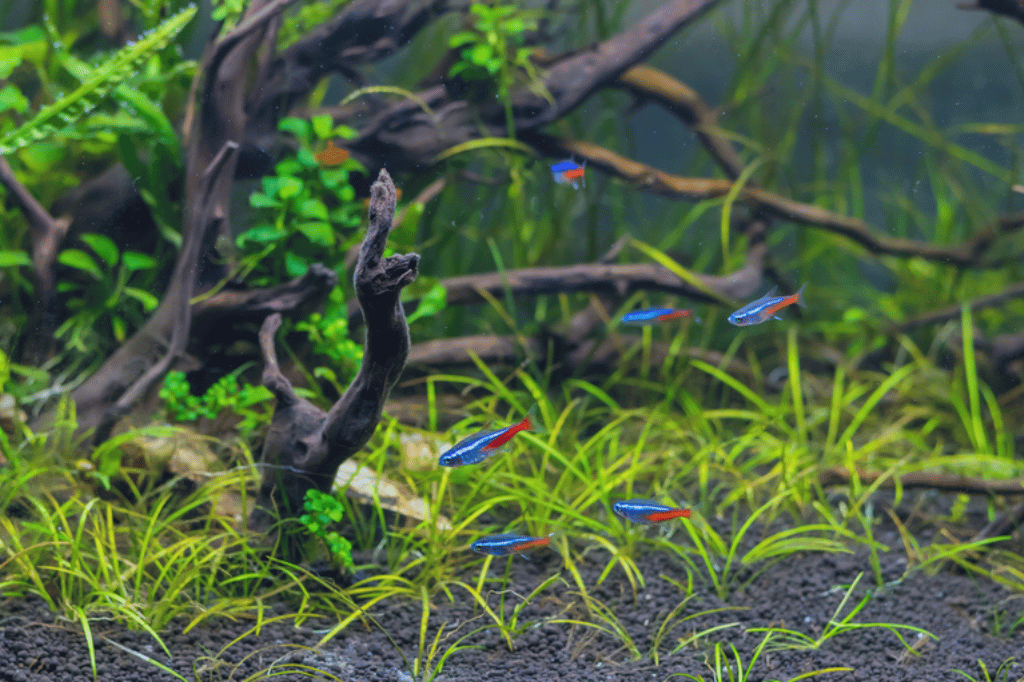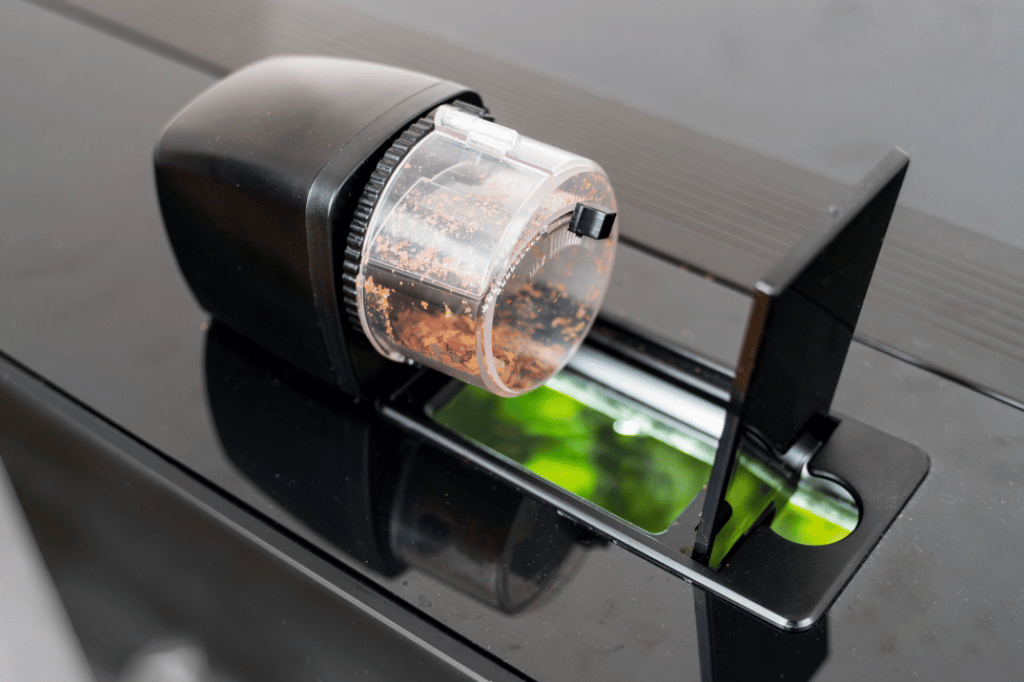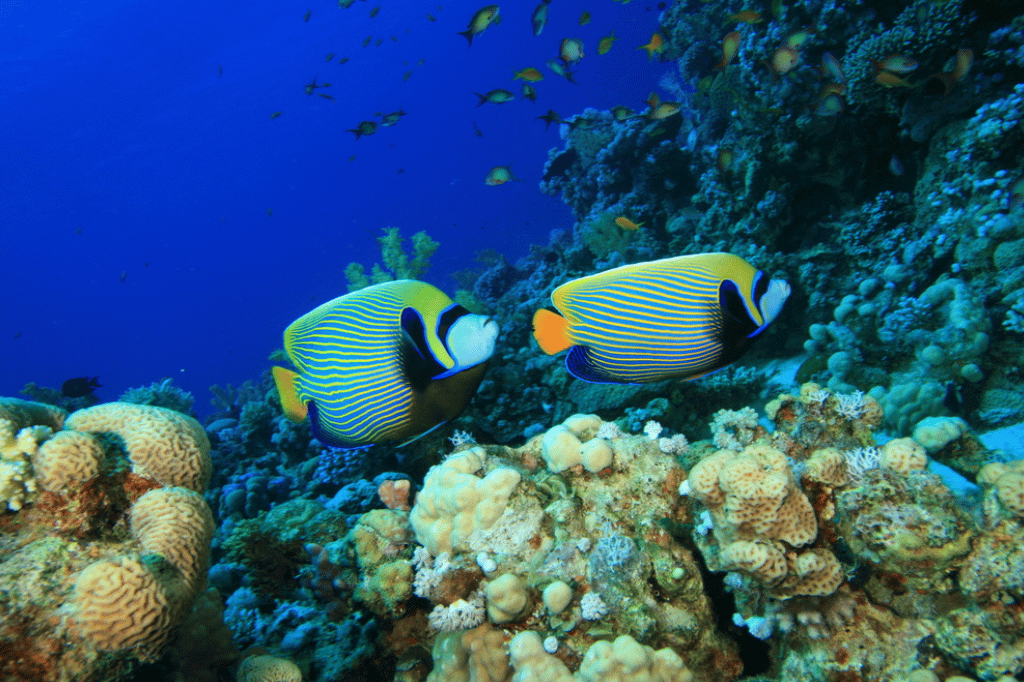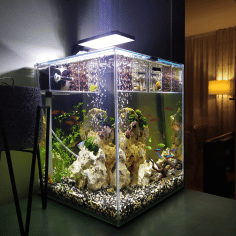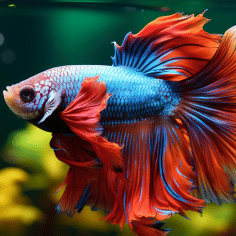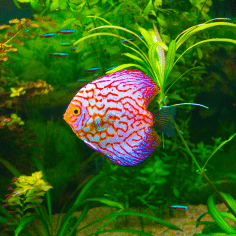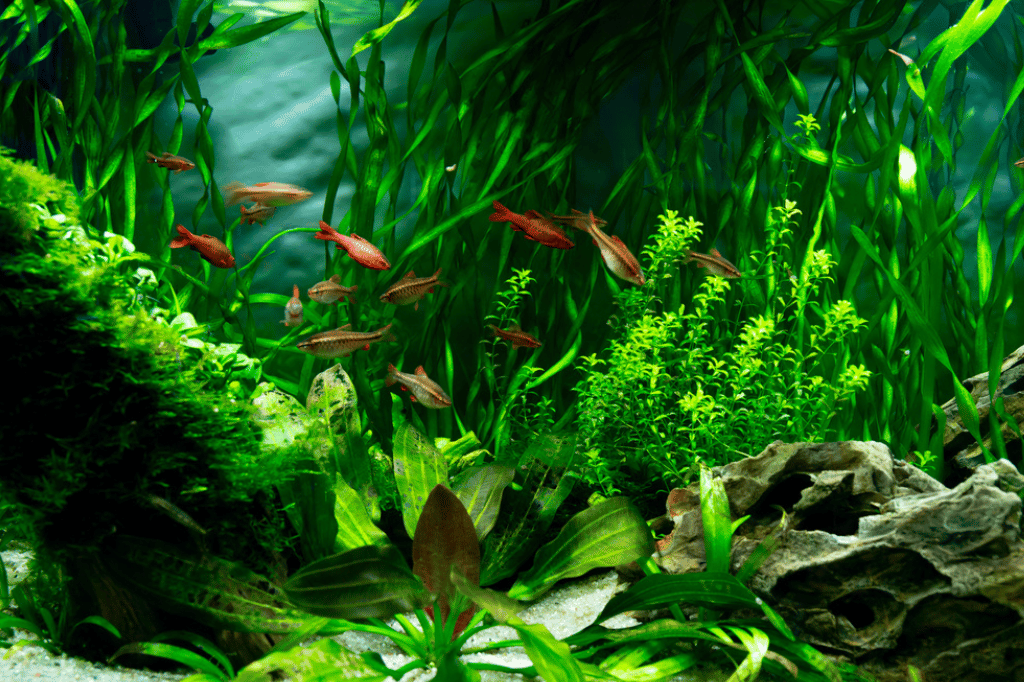Maintaining a healthy fish tank is crucial for the well-being of aquatic life. Aquarium keepers often face a range of issues that can jeopardize the stability of their underwater habitats. Algae overgrowth can obscure the beauty of the tank and deplete vital nutrients.
Cloudy water, resulting from overfeeding or poor filtration, diminishes water quality and can harm fish. PH levels that are not kept consistent can stress or even kill the inhabitants. Equipment such as heaters and filters are the backbone of a stable tank environment, and when they fail, urgent action is needed to prevent a total ecosystem collapse. Fish disease can swiftly spread if not quickly identified and treated, turning a thriving tank into a crisis situation. Understanding and addressing these challenges promptly ensures a vibrant and healthy aquarium.
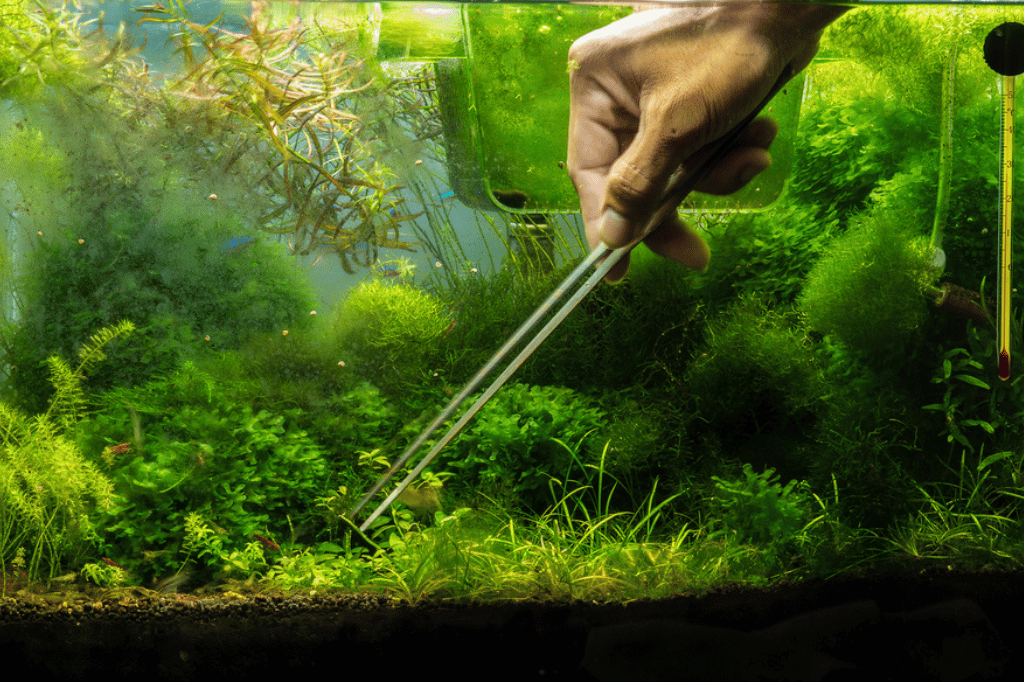
Common Fish Tank Problems: Quick Fixes for Healthy Aquaria By Insiderfish.com
Identifying Common Fish Tank Problems
Maintaining a fish tank can be rewarding but challenging. Spotting and addressing issues quickly is key. Here, we explore common problems and how to fix them.
Cloudy Water Causes
Cloudy water is a frequent issue in fish tanks. It usually points to a few key problems:
- Overfeeding: Excess food decomposes, clouding the water.
- High bacterial levels: Often from a new tank or a filter problem.
- Dirty substrate: Gravel needs regular cleaning to avoid debris buildup.
To clear the water, consider these steps:
- Reduce feeding and remove uneaten food promptly.
- Clean or replace the filter to improve its efficiency.
- Perform regular water changes and gravel vacuuming.
Algae Overgrowth Prevention
Algae growth is natural but can overtake a tank if not controlled. Prevent algae overgrowth with these methods:
- Control lighting: Limit light exposure to 8-10 hours a day.
- Maintain water quality: Regular changes keep nutrients low.
- Add plants: Live plants compete with algae for nutrients.
Consider adding algae-eating fish or snails to help naturally keep algae in check.
Unusual Fish Behavior
Observing your fish is crucial. Unusual behavior can indicate stress or illness:
| Behavior | Possible Cause | Action |
|---|---|---|
| Hiding | Stress or fear | Check tank mates and hiding spots. |
| Gasping at surface | Low oxygen | Improve aeration and water flow. |
| Rubbing against objects | Parasites | Inspect for disease; treat if necessary. |
Regular monitoring and quick action can keep your fish healthy and happy.
Solutions To Cloudy Water
Filter Maintenance Tips
A clean filter is crucial for a clear tank. Here’s how you can maintain it:- Check the filter weekly to ensure it’s running properly.
- Clean or replace the filter media as recommended.
- Avoid overcleaning to preserve beneficial bacteria.
Water Change Techniques
Regular water changes keep the environment healthy. Follow these steps:- Use a siphon to remove 20-25% of the water.
- Replace with treated water at the same temperature.
- Do this bi-weekly or as needed to maintain clarity.
Adjusting Feeding Routines
Overfeeding leads to cloudy water. Here’s how to adjust feeding routines:| Feeding Tips |
|---|
| Feed your fish only what they can eat in 2 minutes. |
| Remove uneaten food promptly to prevent decay. |
| Consider feeding twice a day in small amounts. |
Combating Algae In The Aquarium
Choosing The Right Algae Eater
Introducing algae eaters into your tank can be a smart move. These natural cleaners consume algae as their main diet. Consider species like the Otocinclus Catfish, Siamese Algae Eater, or Nerite Snails. Each has its own diet preferences and tank requirements:| Algae Eater | Diet Focus | Tank Size |
|---|---|---|
| Otocinclus Catfish | Soft Algae | 10 gallons+ |
| Siamese Algae Eater | Various Algae | 20 gallons+ |
| Nerite Snails | Hard Algae | 5 gallons+ |
Lighting Adjustments
Algae thrive on light. Reducing light can starve algae of the energy they need to grow. Keep your aquarium lights on for no more than 8-10 hours a day. Use a timer for consistency. If natural light is a factor, reposition your tank or use curtains to limit exposure.Chemical Vs. Natural Solutions
When battling algae, you have two main avenues: chemical or natural solutions. Chemical algaecides offer a quick fix but can disrupt your tank’s balance. They’re a last resort. Natural methods include increasing water flow, regular tank maintenance, and introducing aquatic plants that compete with algae for nutrients. Opt for a combination of:- Regular water changes
- Manual removal of algae
- Strategic plant placement
Addressing Fish Stress And Disease
Signs Of Stress In Fish
Fish, like any other pets, can experience stress. This can lead to health issues. Look for these stress indicators:- Erratic Swimming: Quick, darting movements or rubbing against objects.
- Loss of Appetite: Ignoring food or eating less than usual.
- Color Fading: Vibrant colors may become dull or pale.
- Clamped Fins: Fins held close to the body, not fanned out.
- Gasping for Air: Frequent surfacing and gulping for air.
Common Aquatic Diseases
A variety of diseases can affect fish. Early detection is key. Here are some to watch for:| Disease | Symptoms | Treatment |
|---|---|---|
| Ich (White Spot) | White spots on skin, gills, and fins. | Medicated treatments and raised water temperature. |
| Fin Rot | Frayed or disintegrating fins. | Antibacterial medicine and clean water. |
| Fungus | Cotton-like growths on body or fins. | Antifungal treatments and improved water conditions. |
Quarantine Practices
Quarantining new or sick fish is a proactive step to keep your tank healthy. Follow these tips:- Set up a separate quarantine tank.
- Isolate new or ill fish for at least two to four weeks.
- Monitor water quality and fish behavior closely.
- Treat any diseases before introducing fish to the main tank.
Optimizing Water Quality
Testing Water Parameters
Keeping fish happy starts with testing water parameters regularly. A well-maintained tank requires a delicate balance of pH, ammonia, nitrite, and nitrate levels.- pH levels should range between 6.5 and 8.2, depending on the species.
- Ammonia and nitrite levels must always be at zero.
- Nitrates should be less than 20 ppm for a healthy tank.
Importance Of Water Conditioners
Tap water can be full of chemicals harmful to fish. Water conditioners play a crucial role in neutralizing these threats.| Chemical | Threat to Fish | Action of Water Conditioner |
|---|---|---|
| Chlorine | Destroys gill tissue | Neutralizes chlorine |
| Chloramine | Leads to ammonia spikes | Breaks down chloramine |
| Heavy metals | Causes poisoning | Binds and neutralizes metals |
The Role Of Beneficial Bacteria
Beneficial bacteria are the unsung heroes of your aquarium. They break down waste, keeping ammonia and nitrite levels in check.- Bacteria convert harmful ammonia into nitrites.
- Further bacteria action turns nitrites into less harmful nitrates.
- Regular maintenance ensures these bacteria thrive.
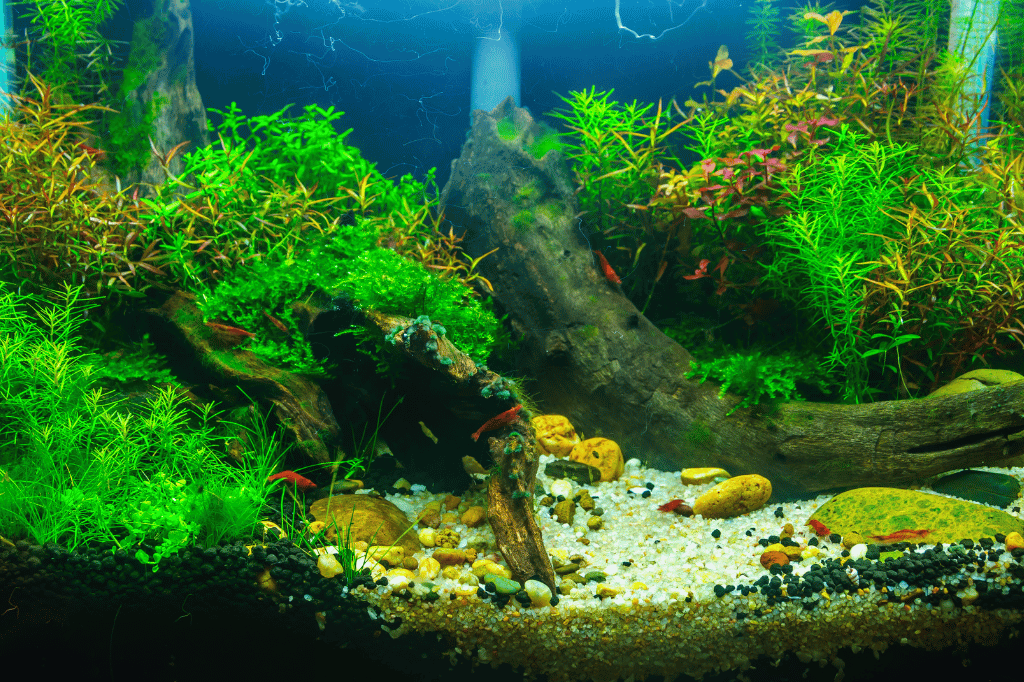
Enhancing Tank Environment
Proper Plant Placement
Strategic plant placement benefits both fish and plants. Here are some tips:- Foreground: Short plants in front.
- Midground: Medium plants in the middle.
- Background: Tall plants in the back.
Choosing Substrate And Decor
Selecting the right substrate and decor is vital. Consider these points:| Substrate Type | Benefits |
|---|---|
| Gravel | Good for plant roots and beneficial bacteria. |
| Sand | Perfect for certain fish and invertebrates. |
Creating Natural Hiding Spots
Fish need hiding spots to feel secure. Use these elements:- Caves
- Driftwood
- Rock formations
Equipment Maintenance For Longevity
Cleaning Filters And Pumps
Clean filters and pumps are vital for clear water and healthy fish. They remove waste, ensuring oxygen-rich water. Follow these steps:- Turn off equipment before cleaning.
- Rinse filters in tank water, not tap, to protect good bacteria.
- Clean pump impellers monthly for optimal flow.
When To Replace Equipment
Equipment doesn’t last forever. Look for signs of wear such as:- Strange noises from pumps or filters.
- Reduced water flow.
- Cracks or damage to equipment.
Energy Efficient Upgrades
Upgrading to energy-efficient equipment saves money and helps the environment. Consider:| Upgrade | Benefits |
|---|---|
| LED lighting | Lower energy use, longer lifespan |
| Efficient filters | Less power, more filtration |
| Variable pumps | Adjust flow, reduce energy |
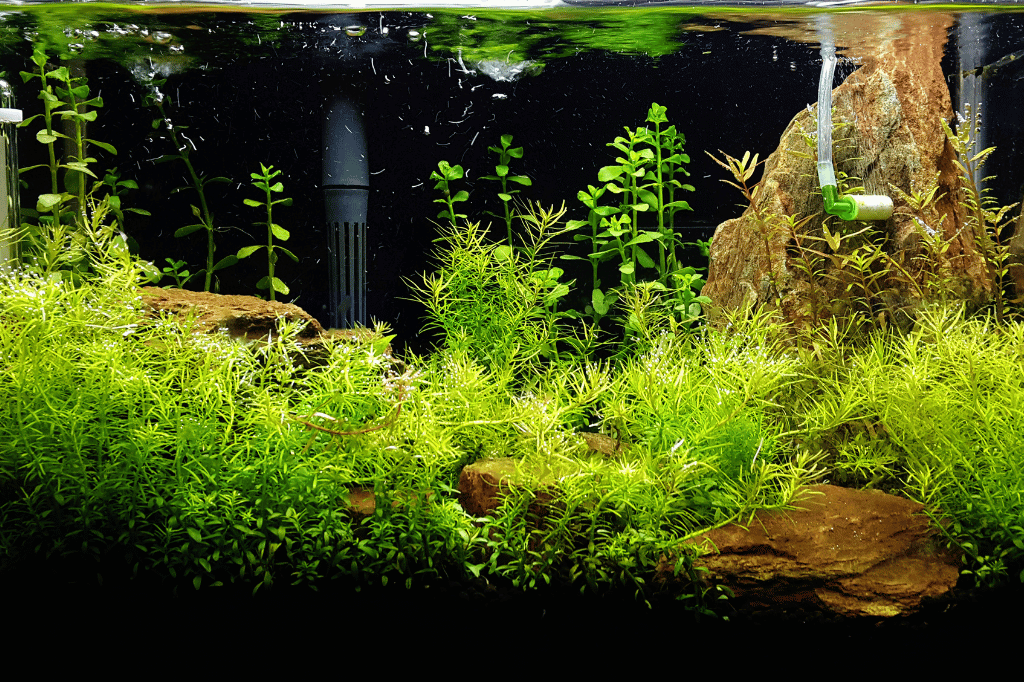
Common Fish Tank Problems
Educational Resources And Expert Advice
Books And Guides Worth Reading
For those who prefer a tangible resource, numerous books and guides provide invaluable information. Here’s a list of top picks:- “The Simple Guide to Freshwater Aquariums” by David E. Boruchowitz – Perfect for beginners.
- “Aquarium Plants” by Christel Kasselmann – A deep dive into aquatic flora.
- “Ecology of the Planted Aquarium” by Diana Walstad – Advanced insights on plant-based systems.
Online Forums And Communities
Digital platforms offer a wealth of knowledge through community interaction. Explore these well-regarded forums:- Reef2Reef – A friendly community for reef aquarium hobbyists.
- PlantedTank.net – Focuses on the art and science of planted aquariums.
- FishLore.com – Offers a broad range of topics for all aquarium enthusiasts.
Consulting With Marine Biologists
Seeking advice from marine biologists can yield tailored solutions. Consider these options:| Service | Benefits |
|---|---|
| Local University Outreach | Access to cutting-edge research and expert advice. |
| Aquarium Consultation Services | Professional assessments and personalized recommendations. |
| Online Q&A Sessions | Convenient, direct access to experienced biologists. |
Frequently Asked Questions Of Common Fish Tank Problems
What Are Common Mistakes In A New Tank Set Up?
Common mistakes in new tank setups include overfeeding fish, neglecting cycling before adding fish, insufficient filtration, choosing incompatible fish species, and neglecting regular water changes.
What Is Fish Tank Syndrome?
Fish tank syndrome, also known as fish tank granuloma, is a skin infection. It occurs from handling fish tanks without proper protection, leading to bacterial exposure. The responsible bacteria, Mycobacterium marinum, cause lesions or bumps on the skin. Prompt treatment is essential to prevent complications.
What Not To Do With A Fish Tank?
Avoid placing your fish tank in direct sunlight, as it promotes algae growth. Do not overfeed fish; excess food contaminates the water. Never use soap or chemicals for cleaning; they harm aquatic life. Skip sudden water changes; they can shock fish.
Avoid overcrowding the tank to ensure healthy fish.
What Could Be Wrong With My Fish Tank?
Several issues could affect your fish tank, including poor water quality, incorrect temperature, overfeeding, inadequate filtration, or disease. Regular maintenance and monitoring are essential for a healthy aquarium.
Conclusion
Navigating fish tank issues can be challenging, but with the right knowledge, it’s manageable. Remember to monitor water conditions, clean regularly, and observe your aquatic pals for signs of distress. By staying vigilant and proactive, you can ensure a thriving environment for your underwater community.
Keep learning, keep caring, and happy fishkeeping!

